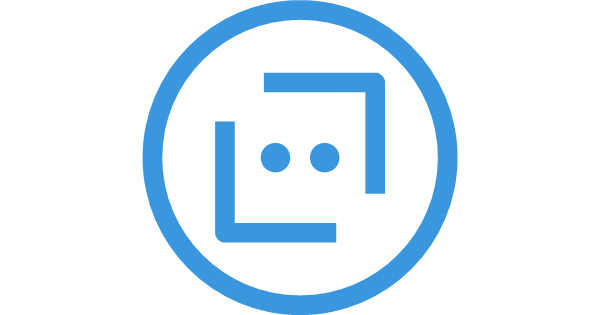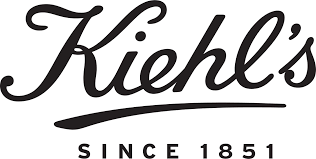Table of Contents
Chatbots are an essential part of Conversational AI. They use Natural Language Processing (NLP) to help machines have human-like conversations by understanding and interpreting human language. This allows them to answer customer questions, automate tasks, and provide personalized experiences in e-commerce, healthcare, and finance. Originally, chatbots were simple, rule-based systems that followed predefined workflows, but they have since evolved into sophisticated, generative AI-powered models. To learn more about this evolution, you can explore the history of chatbots.
Chatbot Development Process
1.1. Choose a business goal for your bot.
When businesses begin developing their chatbots, they need to select a specific use case that aligns with the company’s overall business or marketing goals. The company may aim to increase brand awareness, generate leads, boost sales, streamline booking processes, address frequently asked questions, lessen the workload on customer service representatives, offer order assistance, and provide product recommendations. The chatbots should have different capabilities depending on the business goals.
Examples
1.2 Choose a platform.
Choosing the right platform for chatbot development depends on various factors, including the company’s budget, use case, availability, and skill of developers, integration requirements, desired channels for the chatbot, user experience and capabilities, customer support, and ease of implementation.
No-code Platforms.
No-code platforms are ideal for companies starting their journey with Conversational AI and wanting to automate some of their customer services. No-code Chatbots are usually easy to set up and use. The capabilities of the chatbots depend on the platform. A notable newcomer in the no-code chatbots category is Microsoft’s copilot studio, which uses generative AI to help you build chatbots. The new platform makes it easy to create and deploy bots.
| Platform | Difficulty | Key Features | Best For | Pros | Cons |
|---|---|---|---|---|---|
| HubSpot Chatbot | Low | No-code, drag-and-drop builder | Sales & marketing teams | Easy CRM integration, user-friendly | Limited AI capabilities |
| Zendesk Answer Bot | Low to Medium | Basic NLP, rules-based | Customer support automation | Seamless Zendesk integration | Limited customization options |
| Tidio | Low to Medium | No-code, e-commerce-focused | E-commerce businesses | Pre-built chatbot templates | Limited flexibility |
| Botsify | Low to Medium | Rule-based drag-and-drop | Multichannel chatbot needs | Easy setup, integrations with Slack | Not as advanced as AI-powered bots |
Advanced bots are powerful business tools, but their development complexity varies widely. The table below discusses some of the market-leading bot platforms. The choice of the bot will depend on the technical skills of the developers, the required functionality of the bot, the integration possibilities, the existing platforms in use, the time to market, and the cost of development and deployment.




| Platform | Difficulty | Key Features | Best For | Pros | Cons |
|---|---|---|---|---|---|
| IBM Watsonx.ai | Medium | Advanced AI, machine learning | Enterprises | Highly customizable, enterprise-grade | Potential vendor lock-in |
| Google Dialogflow | Medium | Google AI-powered NLP | AI-driven conversational chatbots | Strong NLP capabilities | Requires Google Cloud integration |
| Microsoft Azure Bot Services | High | Advanced NLP via Azure Cognitive Services | Scalable enterprise applications | Deep Microsoft ecosystem integration | Steep learning curve |
| Amazon Lex | Medium to High | Voice-enabled bots, AWS Lambda integration | Developers needing voice AI | Scalable, AWS ecosystem support | Requires AWS knowledge |
| OpenAI ChatGPT | Medium | GPT-4-based conversational AI | Businesses, developers, customer support | Highly intelligent, contextual responses | High API costs for large-scale usage |
1.3. Identify your target audience and create a personality for your chatbot.
Creating a chatbot’s personality ensures it relates well to your users. To do this, you first have to know your audience. Knowing what they like and their character will give you ways of shaping the chatbot’s personality to better relate to them. For instance, if your audience is young and shopping for trendy outfits for a night out, they probably like to have a playful, casual chatbot. If you are developing a chatbot to give medical advice to patients, your tone should be more formal and professional. Creating a name, icon, and background story is essential to help make your bot more relatable.
Examples
Amazon Rufus
Amazon recently launched Rufus, its AI chatbot, to assist customers. Rufus, a pet owned by some of the early Amazon employees, inspired the bot’s personality. The chatbot Rufus is designed to reflect Rufus’s personality traits, such as loyalty and friendliness. The pet’s story also helps to promote Amazon’s corporate culture as family-oriented and dog-loving. Read the story


Lu do Magalu
Brazil’s most successful virtual influencer and chatbot is Lu of Magazina Luiza, one of Brazil’s biggest retailers. Lu was created as a virtual assistant on Magazina Luiza’s e-commerce platform. Inspired by the store’s original owner, Luiza Helena Trajano, she became one of the world’s most successful virtual influencers, with over 30 million followers on social media.



1.4. Plan your bot.
Look at the Canvas.
Make a copy of the board.

Invite your team. Click on the Share button to invite other team members. Once you finish, please share the link with me.
Resources
Boston Consulting Group. (2023). How generative AI transforms customer service. https://www.bcg.com/publications/2023/how-generative-ai-transforms-customer-service
Ferraro, C., Demsar, V., Sands, S., Restrepo, M., & Campbell, C. (2024). The paradoxes of generative AI-enabled customer service: A guide for managers. Business Horizons, 67(5), 549-559. https://www.sciencedirect.com/science/article/pii/S0007681323001260
Fotheringham, D., & Wiles, M. A. (2023). The effect of implementing chatbot customer service on stock returns: An event study analysis. Journal of the Academy of Marketing Science, 51(4), 802–822. https://doi.org/10.1007/s11747-022-00841-2
The Science Brigade. (2023). The impact of chatbot-based customer service on customer satisfaction and business outcomes. Journal of Customer Insights and Research, 12(2), 249–240. https://thesciencebrigade.com/jcir/article/view/249/240







